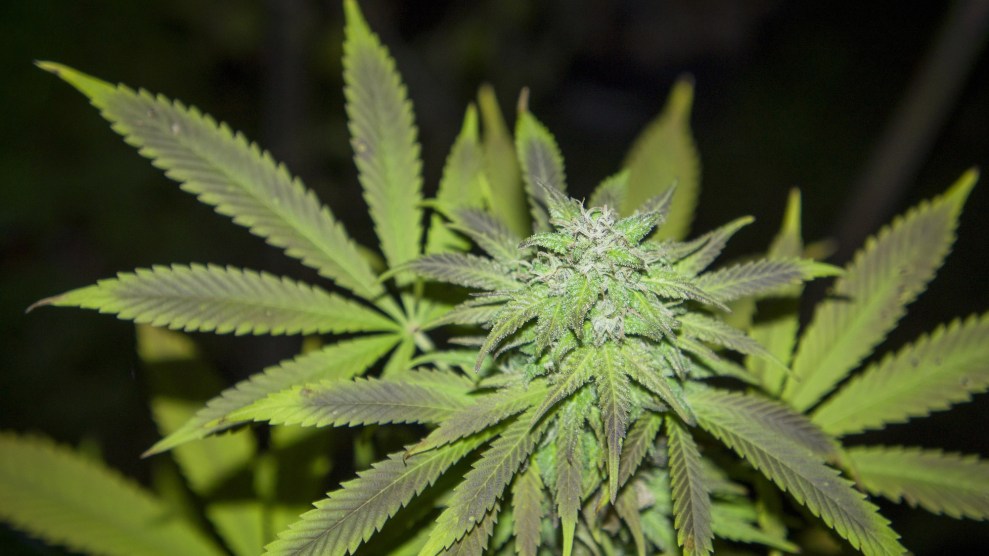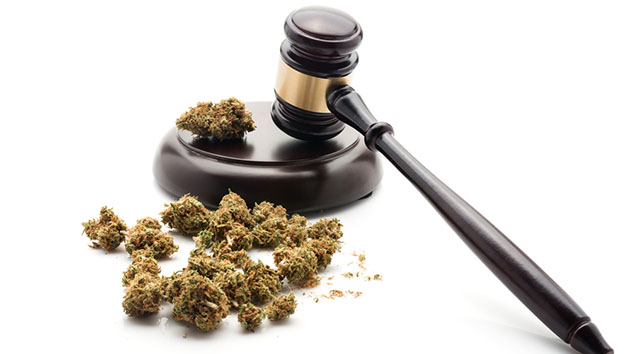Despite the fact that recreational marijuana has been legalized in eight states—with 44 states also allowing some form of medical marijuana use—federal law continues to classify weed as an illegal Schedule 1 drug. On Sunday, John Oliver took on the issue of clashing marijuana laws, explaining why the Trump administration is likely to make it even harder to fix such outdated laws.
“If you have marijuana right now, even if you are acting completely legally according to your state, you may still be in serious jeopardy,” Oliver said. “And that’s not your weed-induced paranoia talking.”
The Last Week Tonight host also pointed to Attorney General Jeff Sessions’ history of opposing marijuana use to show why current legislative attempts to finally reclassify the drug may be doomed.















